Brooklyn Residents Found Help From Their Neighbors During Pandemic Year
One year ago, an onslaught of the coronavirus pandemic forced New Yorkers into their homes, fracturing communities and relegating social connection to the digital sphere.

Photo by Paul Frangipane
One year ago, an onslaught of the coronavirus pandemic forced New Yorkers into their homes, fracturing communities and relegating social connection to the digital sphere.
But as the pandemic wore on, Brooklynites found ways to help those in need and connect with their neighbors like never before.
As cases started to recede in the early summer and outdoor gatherings were deemed safe, locals found themselves faced with a drastically changed borough that needed their help as it dealt with compounding crises — nearly all of which are still prevalent today. Brooklynites continue to be infected and killed by COVID-19, and thousands of small businesses face closure, with economic impacts reeling throughout the city and those who had once been steadily employed finding themselves struggling to pay for food and rent.
All the while last summer, the borough found itself in the epicenter of an uprising against police brutality, a troubling increase in gun violence and the fallout of an austerity budget that saw cuts to essential services like the Sanitation Department and Parks Department.
Brooklyn makers, businesses and everyday people alike banded together to support each other through the pandemic, from mass-producing Personal Protective Equipment for healthcare workers and protesters to brightening barren Coney Island storefronts with colorful murals and logging the lines for others at crowded sites like grocery stores and health clinics.
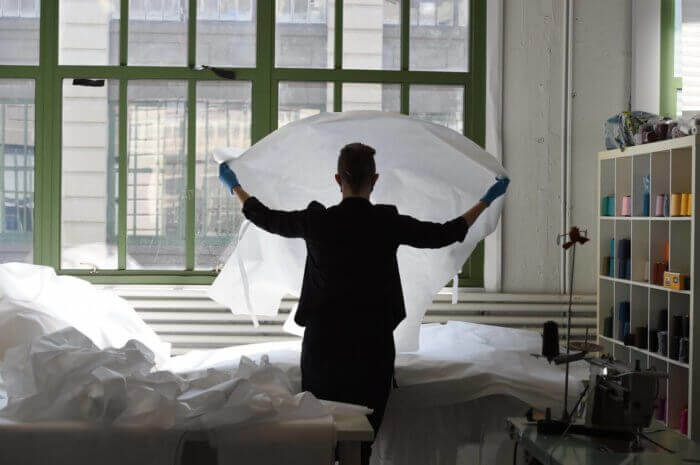
For Brooklynites like Katie Kerr, helping out was as simple as fostering a digital platform to help her neighbors organize trash pick-ups. Inspired by a similar effort launched in Manhattan, Kerr started the Facebook group One Block Brooklyn, which helps locals organize litter cleanups in their neighborhood meant to combat a dramatic build-up of trash on sidewalks and in parks spurred by a combination of budget cuts and increased outdoor socializing to stem the spread of the virus.
“People were starting to get out, and there was an increase in trash, whether it was because services were being cut and more people were out,” Kerr said. “It was an easy way for people to give back. There was this big sense of community in New York and in Brooklyn.”
Fighting a pandemic of small business closures
For Brooklyn Chamber of Commerce President Randy Peers, the pandemic dealt a blow to the borough’s small businesses he never could have seen coming.
“I never in my lifetime would have thought that I would have seen something that deep in terms of a real economic crisis for our small business community,” said Peers.
At the start of the city’s first phase of reopenings in June — three months into the pandemic — the Chamber’s Bring Back Brooklyn Fund, which has raised more than $730,000 to date, began doling out grants for PPE and deep cleanings as mom-and-pops navigated complicated and often evolving guidelines.
The organization has also awarded 16 interest-free loans of up to $10,000 and purchased 100 electric heaters and 100 propane heaters for restaurants to conduct outdoor dining throughout the chillier months.
Loan programs like the Brooklyn Chamber of Commerce’s helped fill support gaps for smaller businesses who have been left out of federal relief programs, Peers said. “Not every business was able to get federal support, not every business qualified for a PPP loan or an IDA loan, so every little bit counts,” he said.
The business-boosting group is still working to distribute money from the Bring Back Brooklyn Fund, which Peers said is still accepting donations, while also connecting business owners with the Small Business Resource Network for other types of assistance. Still, a recent Brooklyn Chamber survey shows that 80 percent of small businesses in Brooklyn reported a drop in revenue from the year before, with half of those businesses saying they raked in less than half of the profits they would usually make in 12 months.
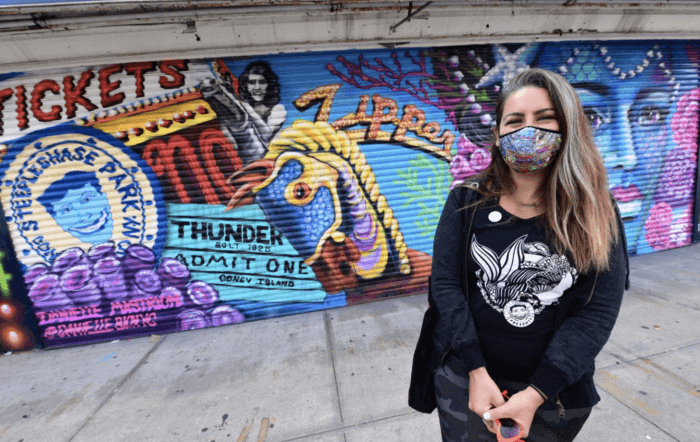
While Peers acknowledges that the pandemic’s damage done to the business community runs deep, he says the ways business owners have adapted amid the crisis and the ramping up of vaccine distribution have been causes for optimism.
“I actually am optimistic,” he said. “If we can get through these next couple of months and we can keep on track with the aid, with the vaccinations, and if the governor continues to open up more parts of our economy and increase opening capacity, I think by the summertime we can be getting back to some sense of normalcy.”
Mutual aid groups emerge
The past year has seen the proliferation of mutual aid networks across the borough and city, spurred by an exacerbated hunger crisis and a drive to make sure the homebound and vulnerable have what they need to stay safe indoors.
Groups like Gowanus Mutual Aid have sprouted up thanks to resources from larger volunteer networks like Mutual Aid New York City. The Gowanus group, which began organizing in November, has worked to fulfill 200 requests for groceries and other essentials, collaborating with the tenant associations at the Gowanus and Wyckoff Houses.
The collective also launched one of the only “free stores” in New York City, dubbed the “sharing corner” at Bond and Douglass streets. The open-air community cabinet has been a space for locals to donate things like clothing, diapers and non-perishable food, as well as pick up whatever they need.
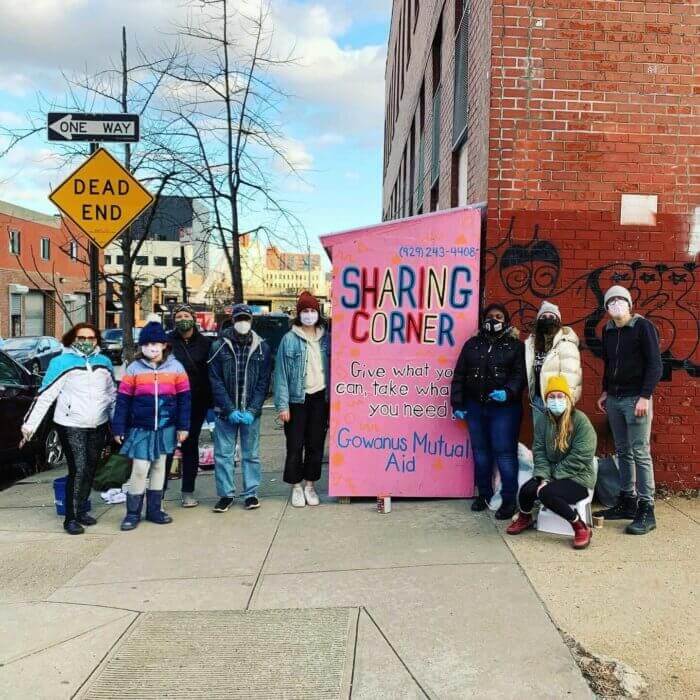
“There’s this really beautiful exchange of free resources, and a hub for community members to share goods, share experiences, share information, in a really open-ended, caring way,” said Ava Cotlowitz, an organizer with Gowanus Mutual Aid. “A lot of folks who are coming by the store are kind of in awe that something like this exists, especially during this time of immense crisis.”
Cotlowitz says the group hopes to build on its mutual aid work far beyond the pandemic and continue to generate a sense of community through the work.
“We’ve seen so many people of different races, different socio-economic classes, different interests, different goals, different skills, learn to work together and move in a way that can create some change and some progress,” she said. “I think that that is so powerful and something to continue building.”
Editor’s note: A version of this story originally ran in Brooklyn Paper. Click here to see the original story.
Related Stories
- Locals Arrive as Medgar Evers College Vaccination Site Opens
- Help Out One of Brooklyn’s Many Mutual Aid Groups This Holiday Season
- What You Need to Know About Getting a COVID-19 Vaccine Appointment in Brooklyn
Sign up for amNY’s COVID-19 newsletter to stay up to date on the latest coronavirus news throughout New York City. Email tips@brownstoner.com with further comments, questions or tips. Follow Brownstoner on Twitter and Instagram, and like us on Facebook.

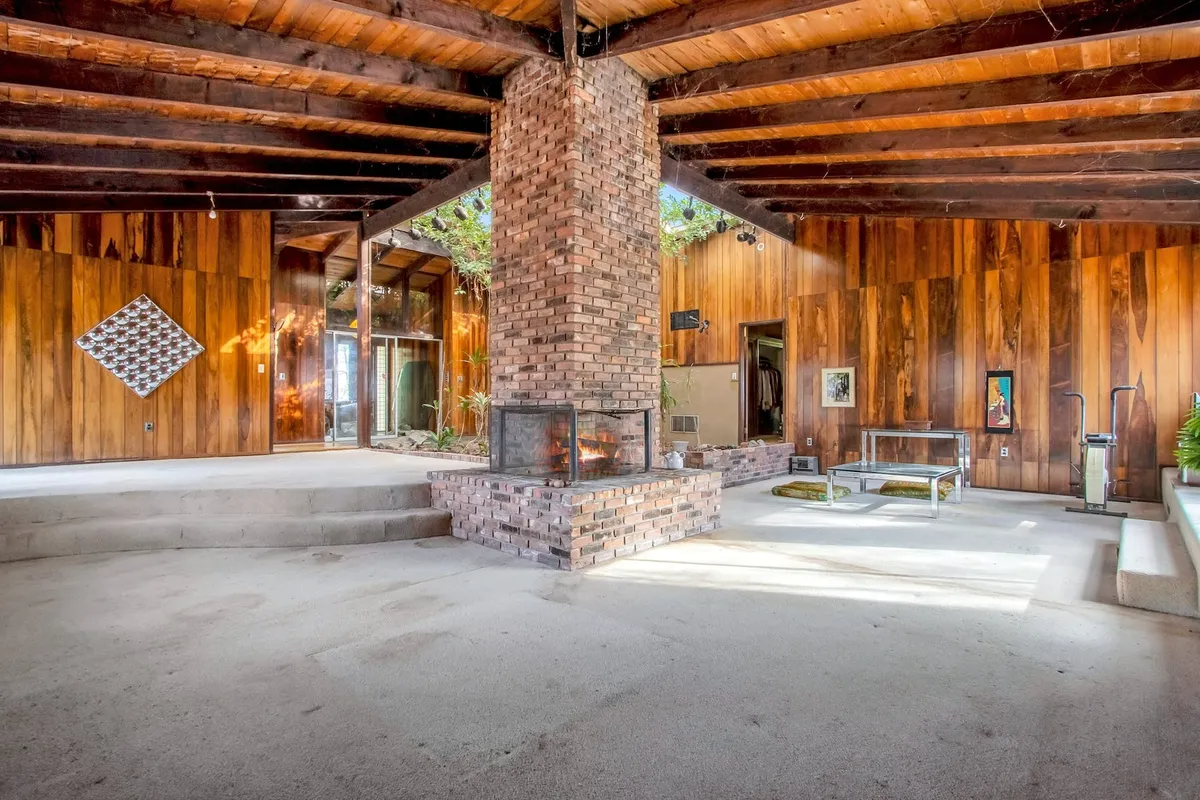
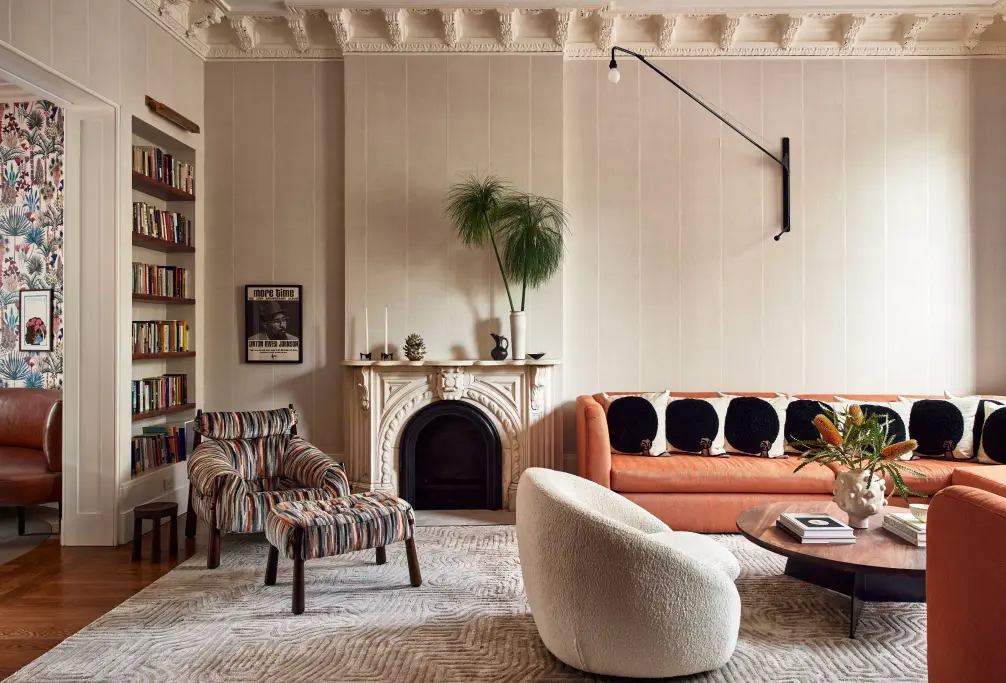
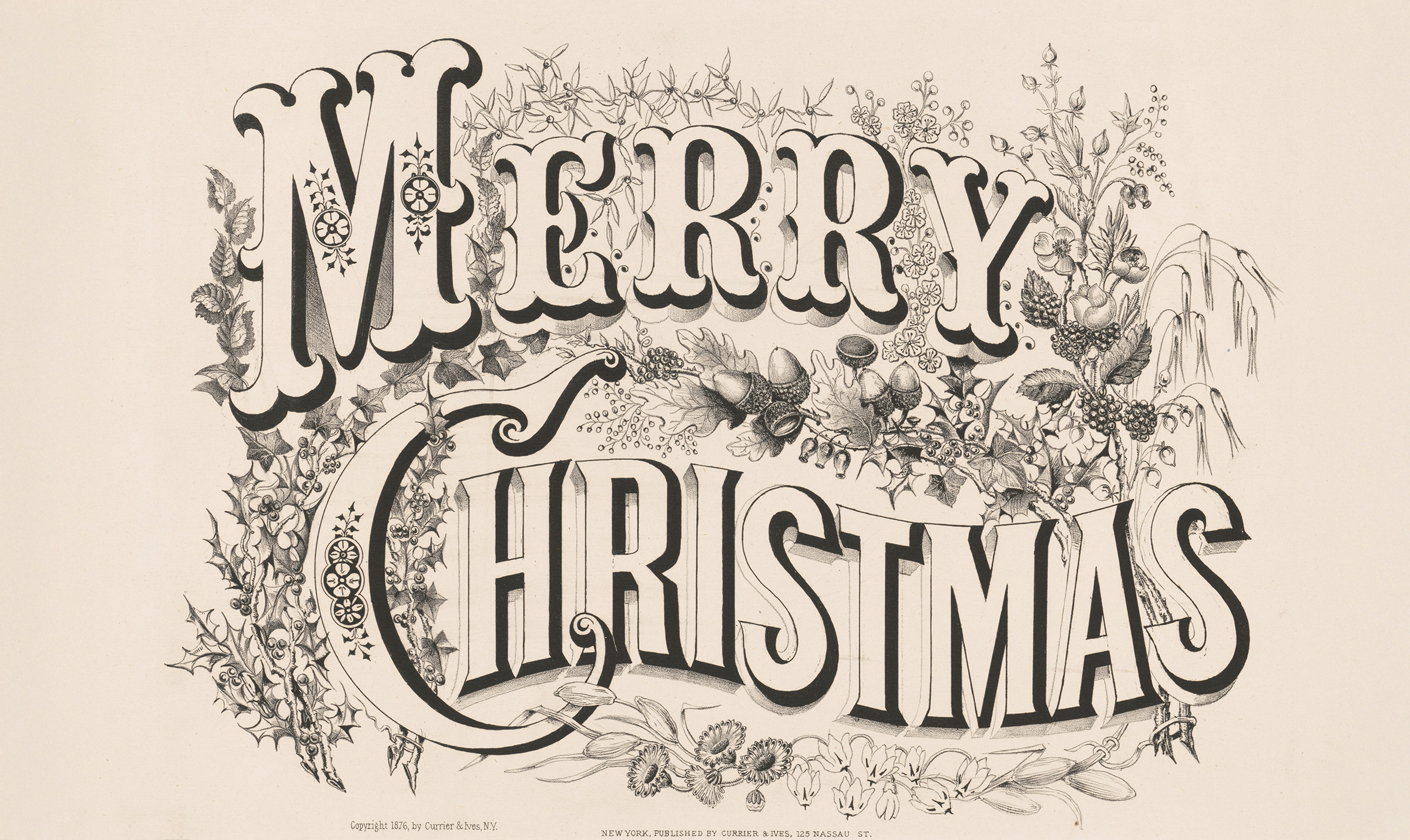
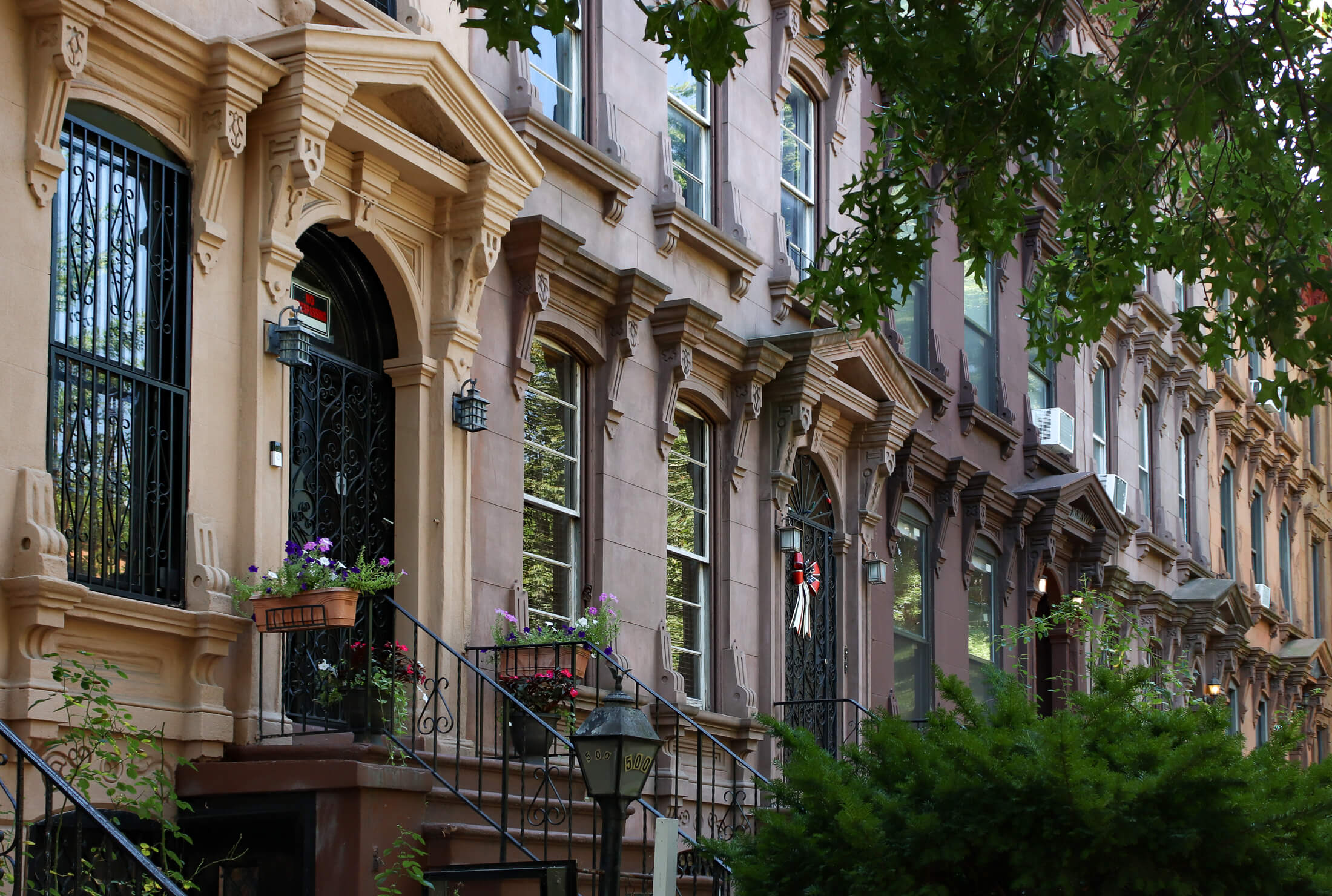




What's Your Take? Leave a Comment